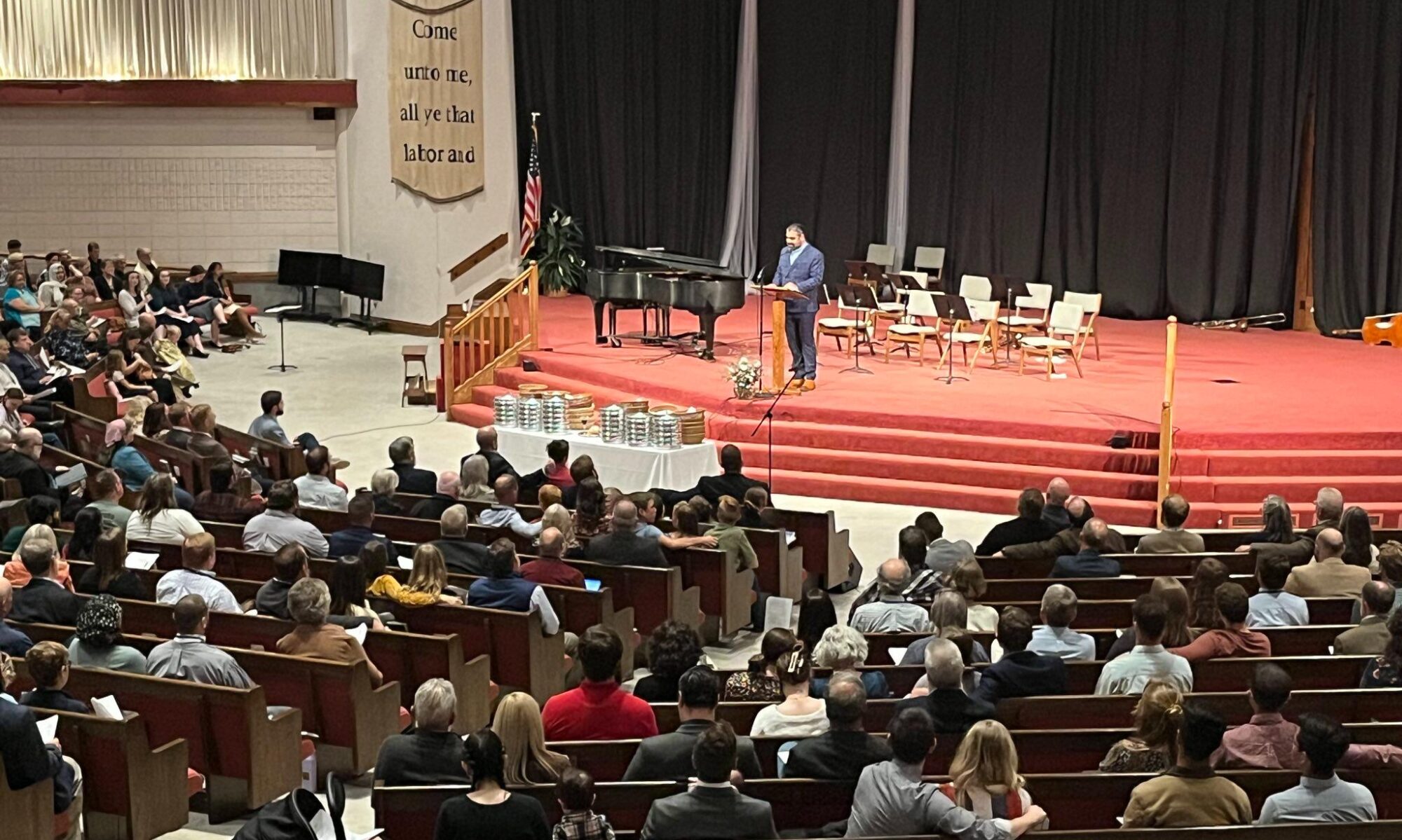People of God, we are taking a short hiatus from our I Corinthians 15 study to concentrate on a few significant markers in our Church Calendar. This day we are going to delve into the Ascension of Jesus Christ.
I—like so many of you—did not grow up in a Church that had a Church Calendar. And I remember always wondering why was there no emphasis on the Resurrection or the Ascension or the Trinity. It was a great relief to me to realize that the Church did emphasize these truths continually, and every year.
One of the great advantages of following the liturgical calendar is that your life becomes centered on Jesus Christ. Your entire year is surrounded by the events that define us as a people. Our children will never have to wonder what the gospel is because they will hear it and see it week by week, year after year.
But another significant point about the Church Calendar is that it explains the mission of the Church. The Pentecost Season, which begins next week, celebrates the pouring out of the Spirit of God upon an infant church in the first century, but then we see this infant Church growing up into maturity and wisdom. This liturgical model is precisely what we see in Luke’s account this morning. We see today the Ascension of our Lord–when Jesus sits at the right hand of the Father. That’s the first part of the story. The other half of the story continues in Acts where we see the beginning of the Church’s labor in proclaiming the gospel of Christ and conquering the world through the power of resurrection. So, if someone were to ask: “What is this Church Calendar about?” You could say that the Calendar has two parts: First, Our calendar begins with the expectation of the birth of our Lord to His going up as the ascended and ruling King. Today, we conclude part one of the Church Calendar. The Second Part of the Church Calendar focuses on the mission of the Church from Pentecost to the gospel of Jesus spreading throughout all the nations of the earth.[1] We are going to inaugurate this season next Sunday when we all wear red to symbolize that God has poured his holy fire upon us, and made us equipped to proclaim his kingdom to the world.
Liturgically, Ascension is a joyous event. It is a continuation of what started at the Resurrection. In fact, we are called to be defined by this joy.
Alexander Schmemann once wrote:
“The Church was victorious over the world through joy…and she will lose the world when she loses its joy… Of all accusations against Christians, the most terrible one was uttered by Nietzsche when he said that Christians had no joy.”[2] Continue reading “Ascension Sunday: Singing in the Reign, Luke 24:44-53”

